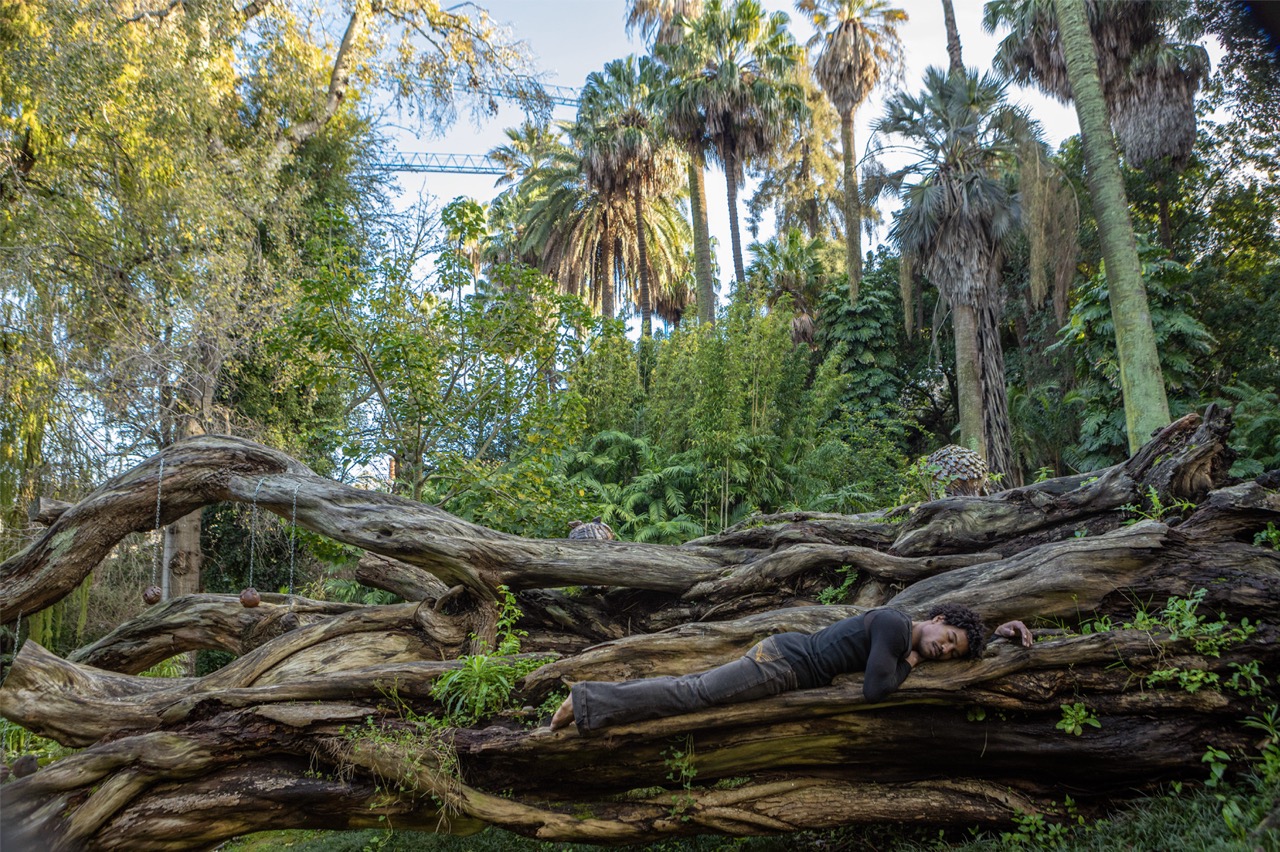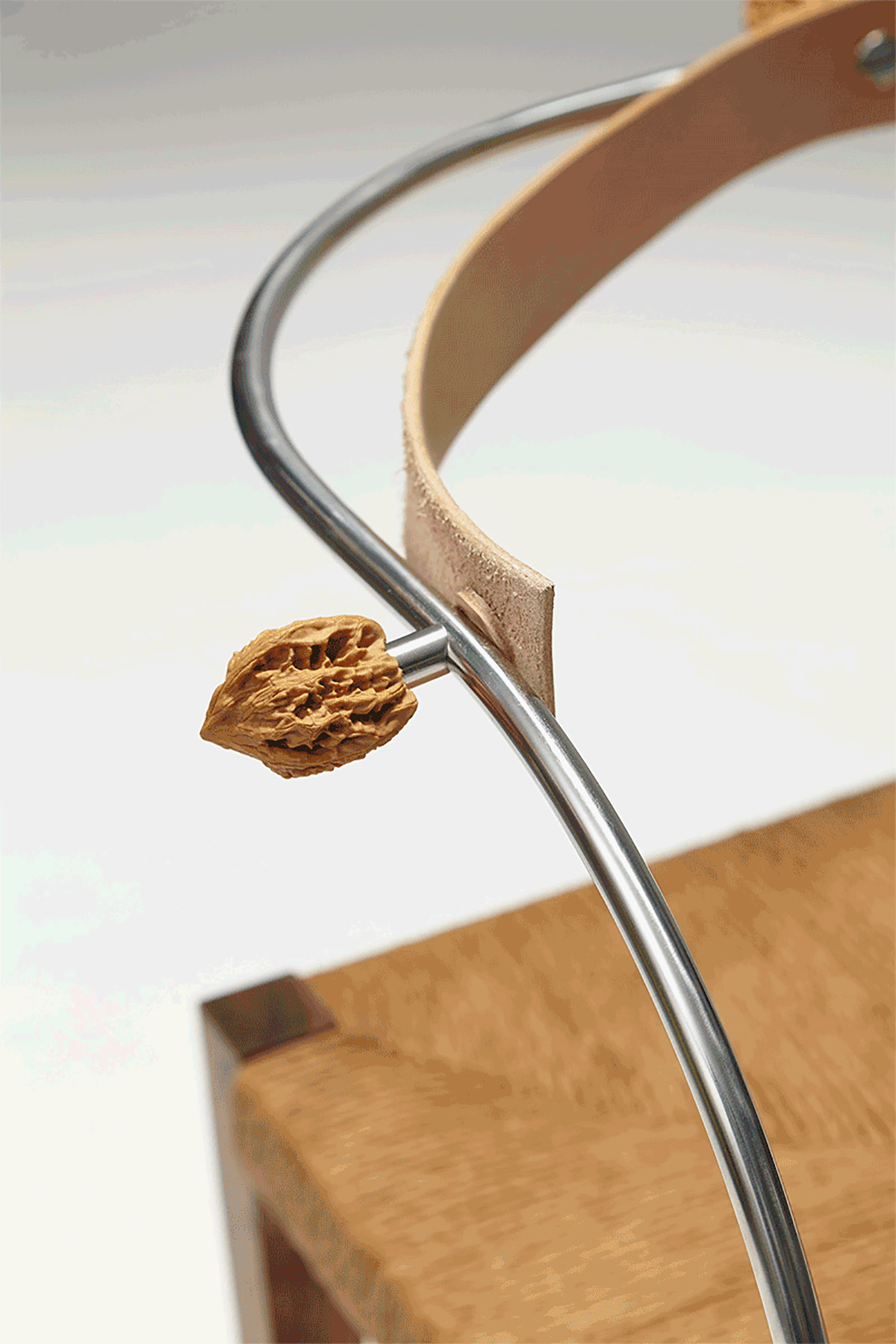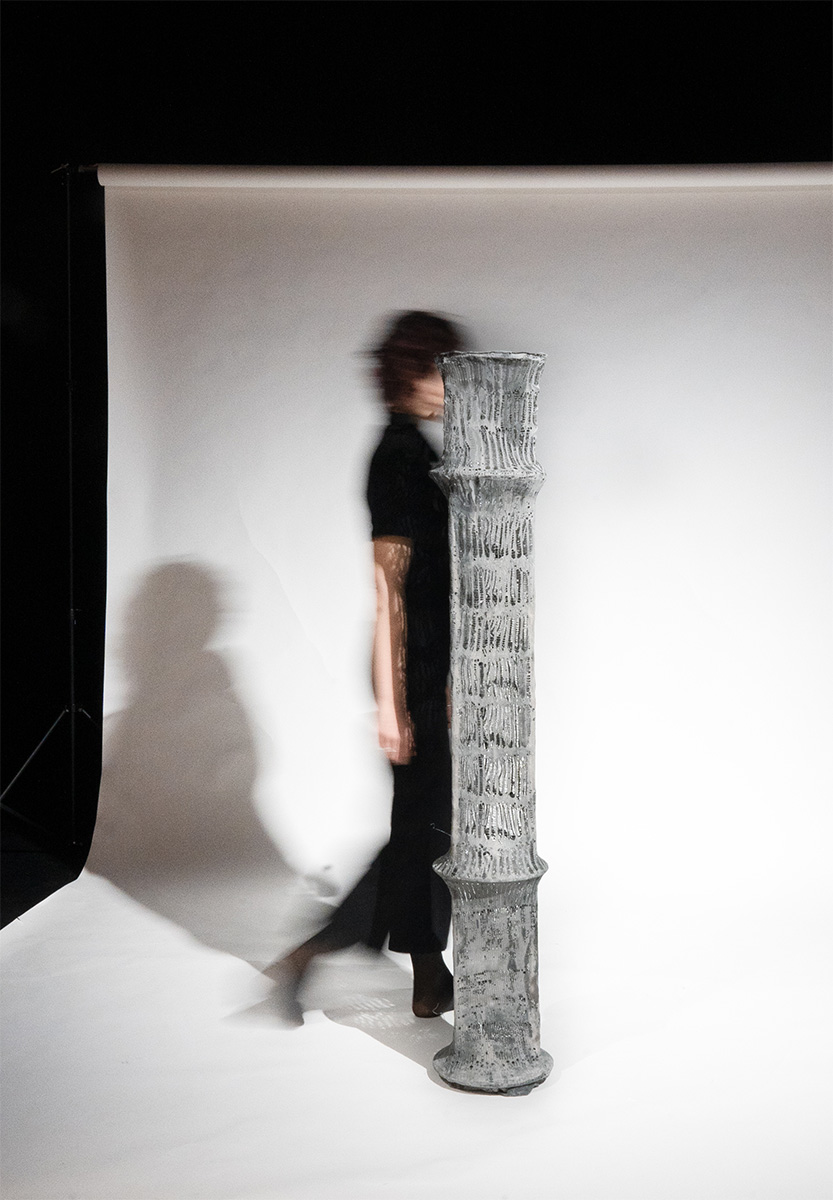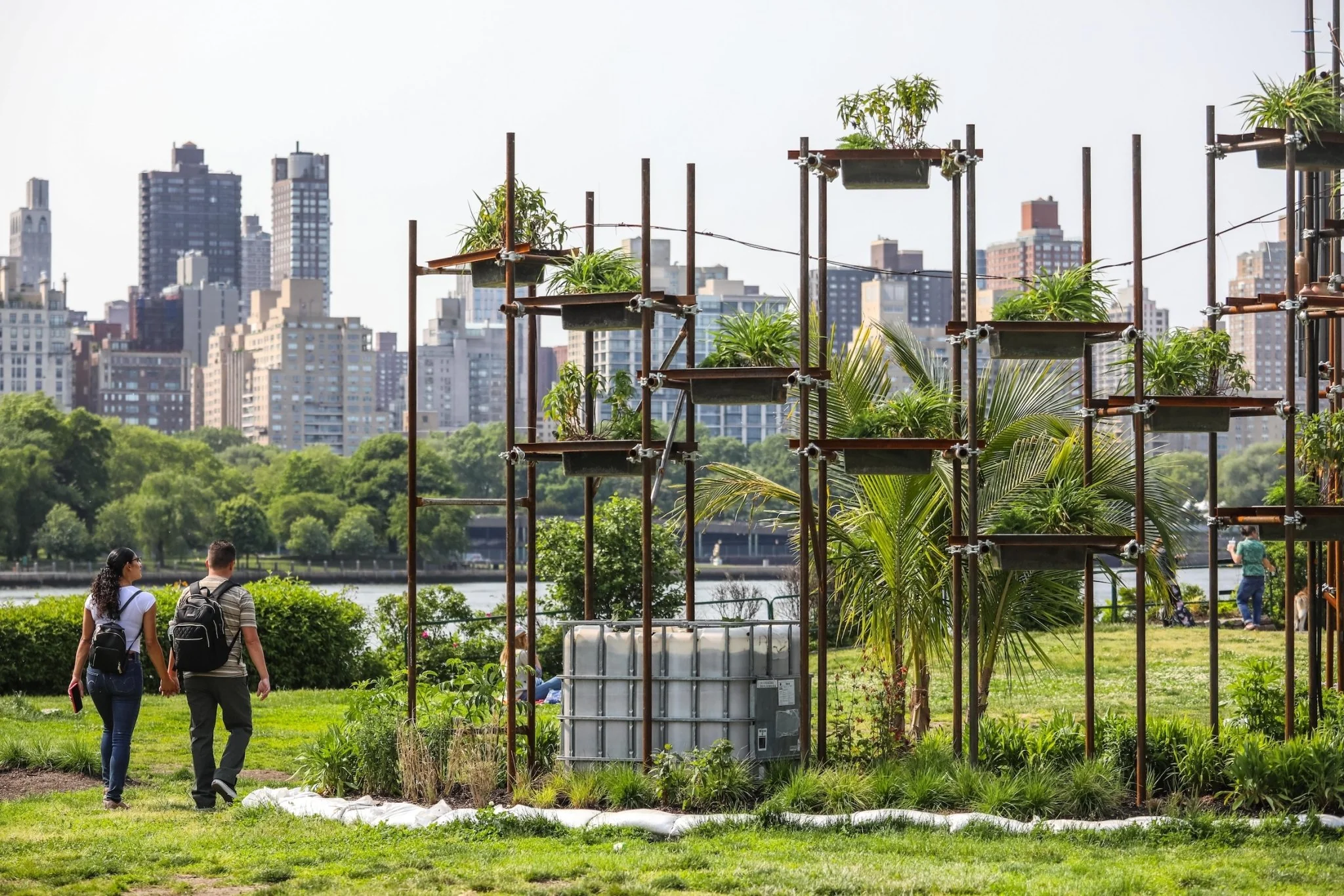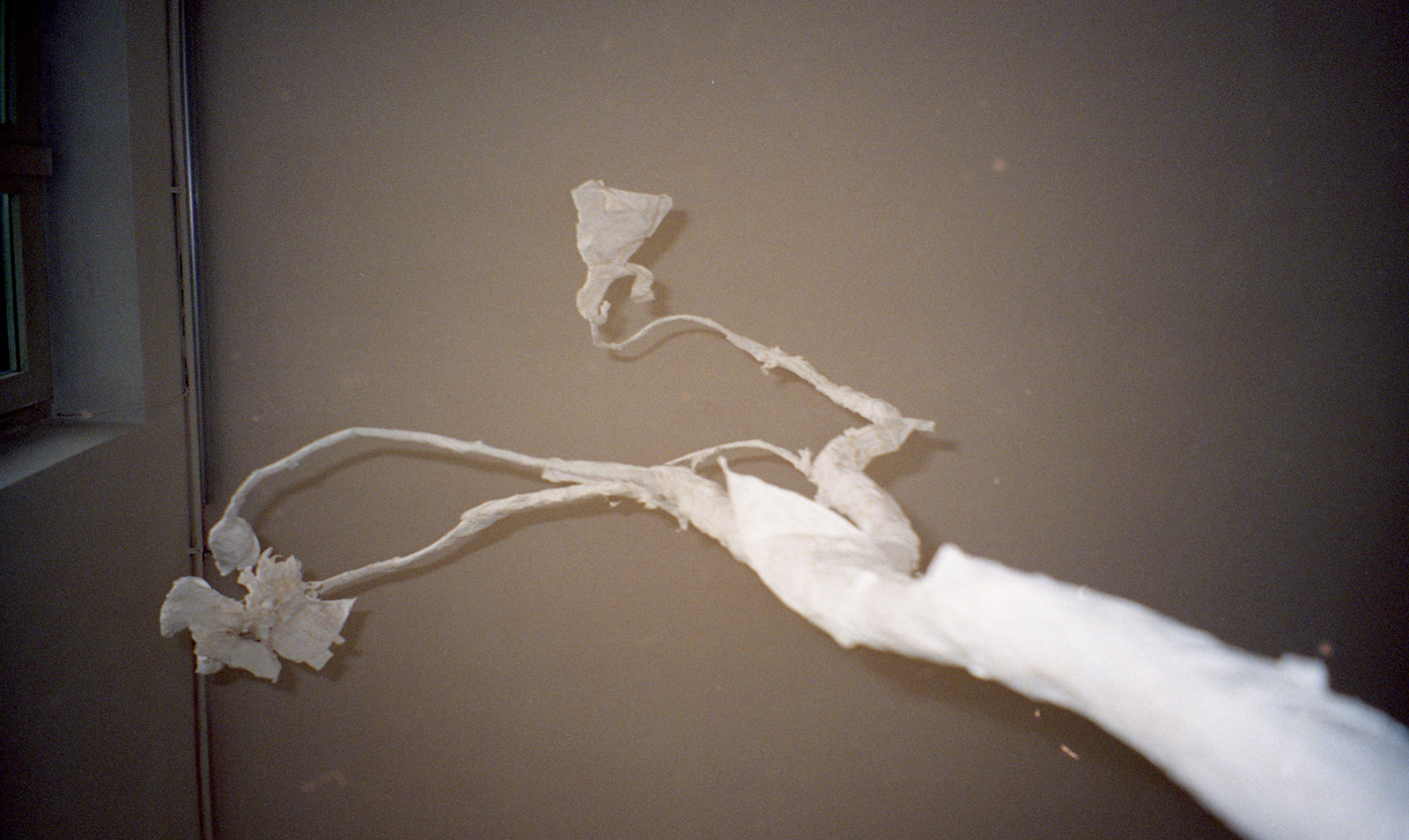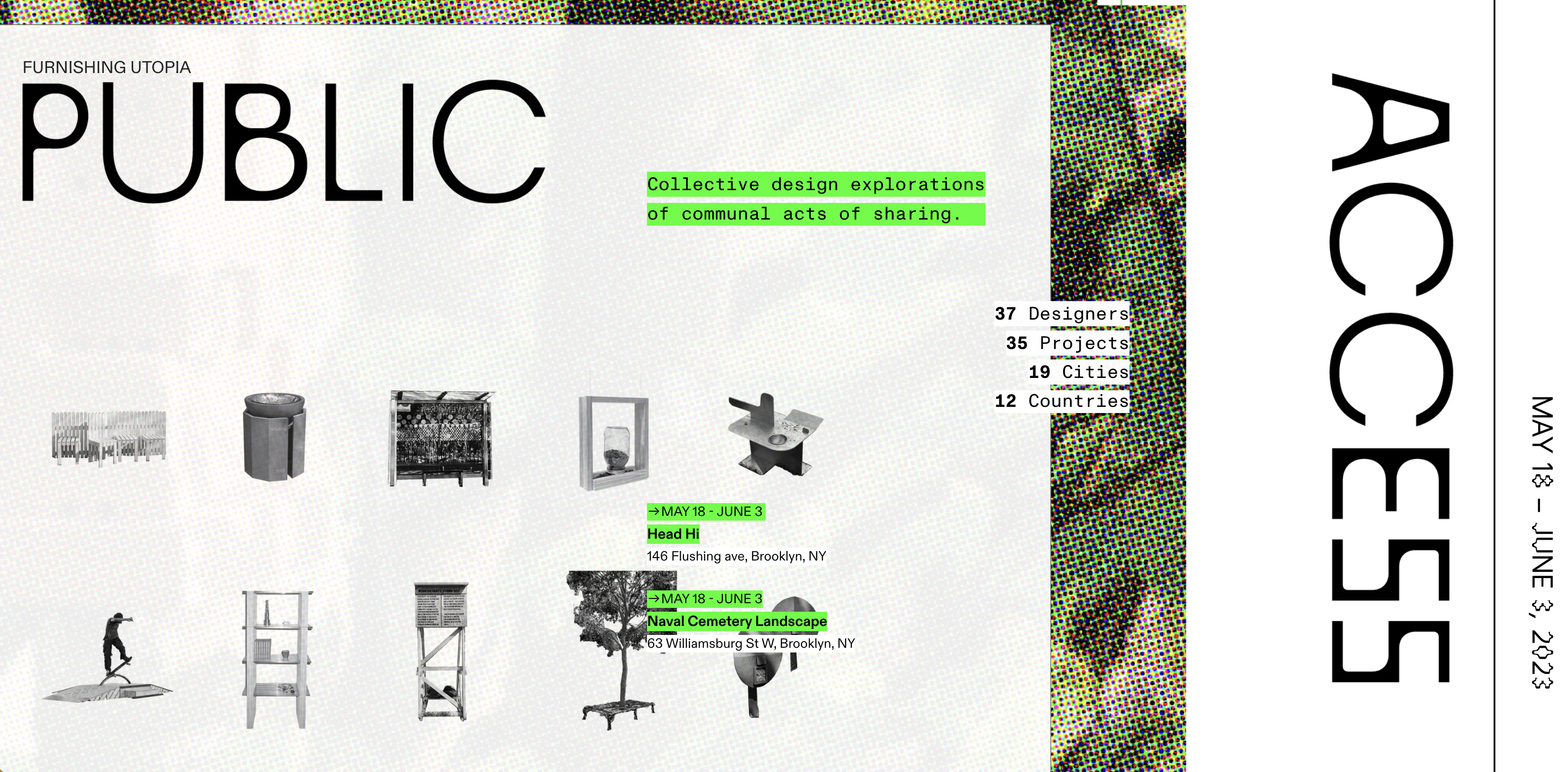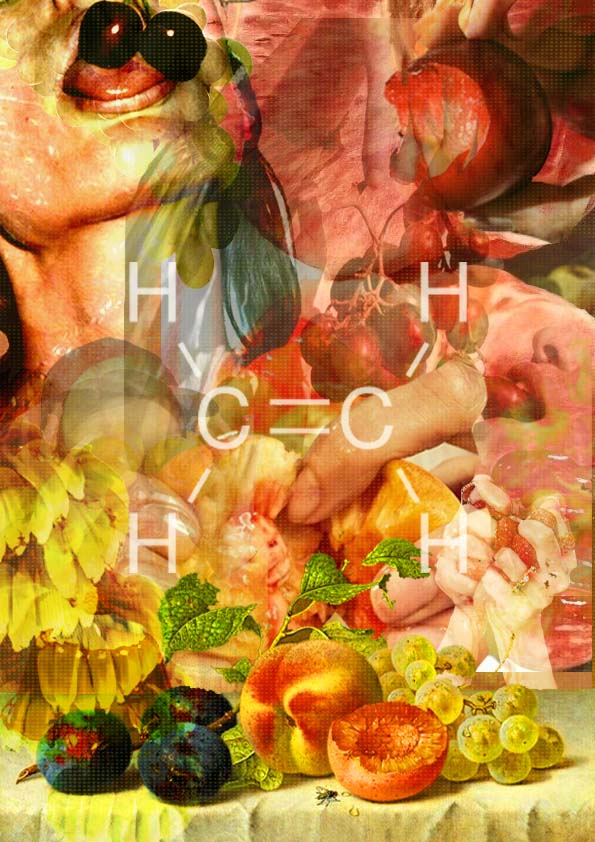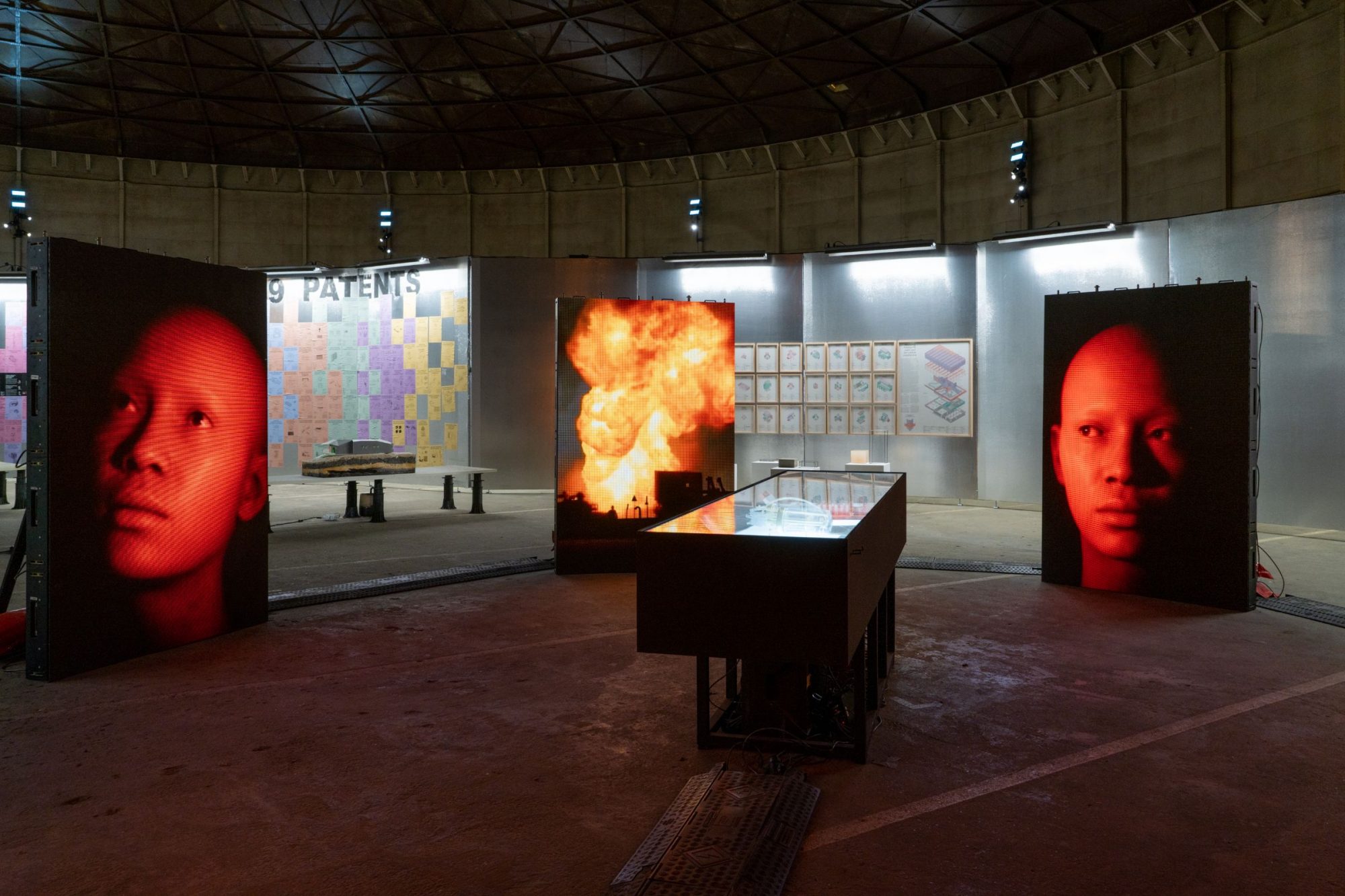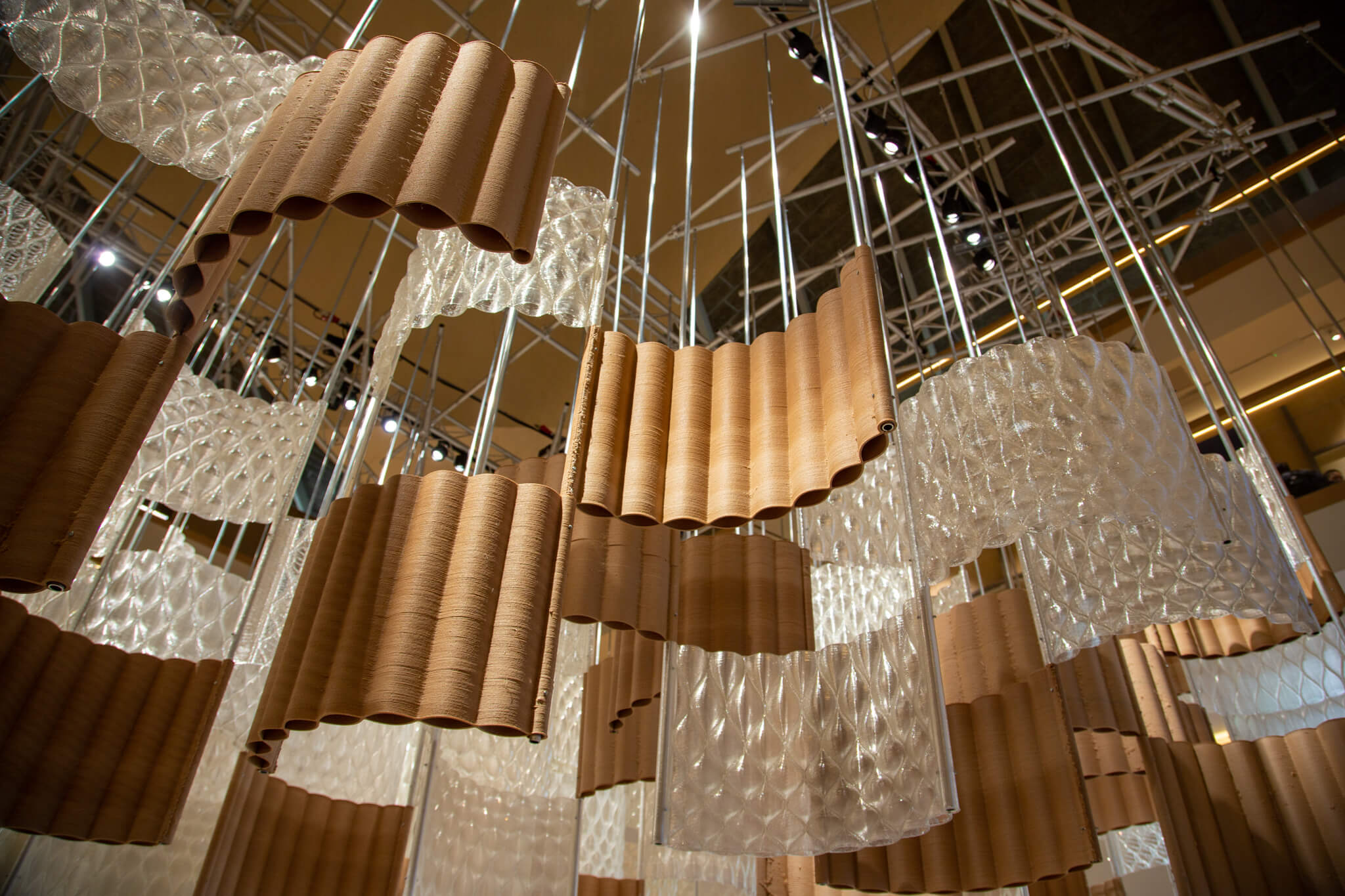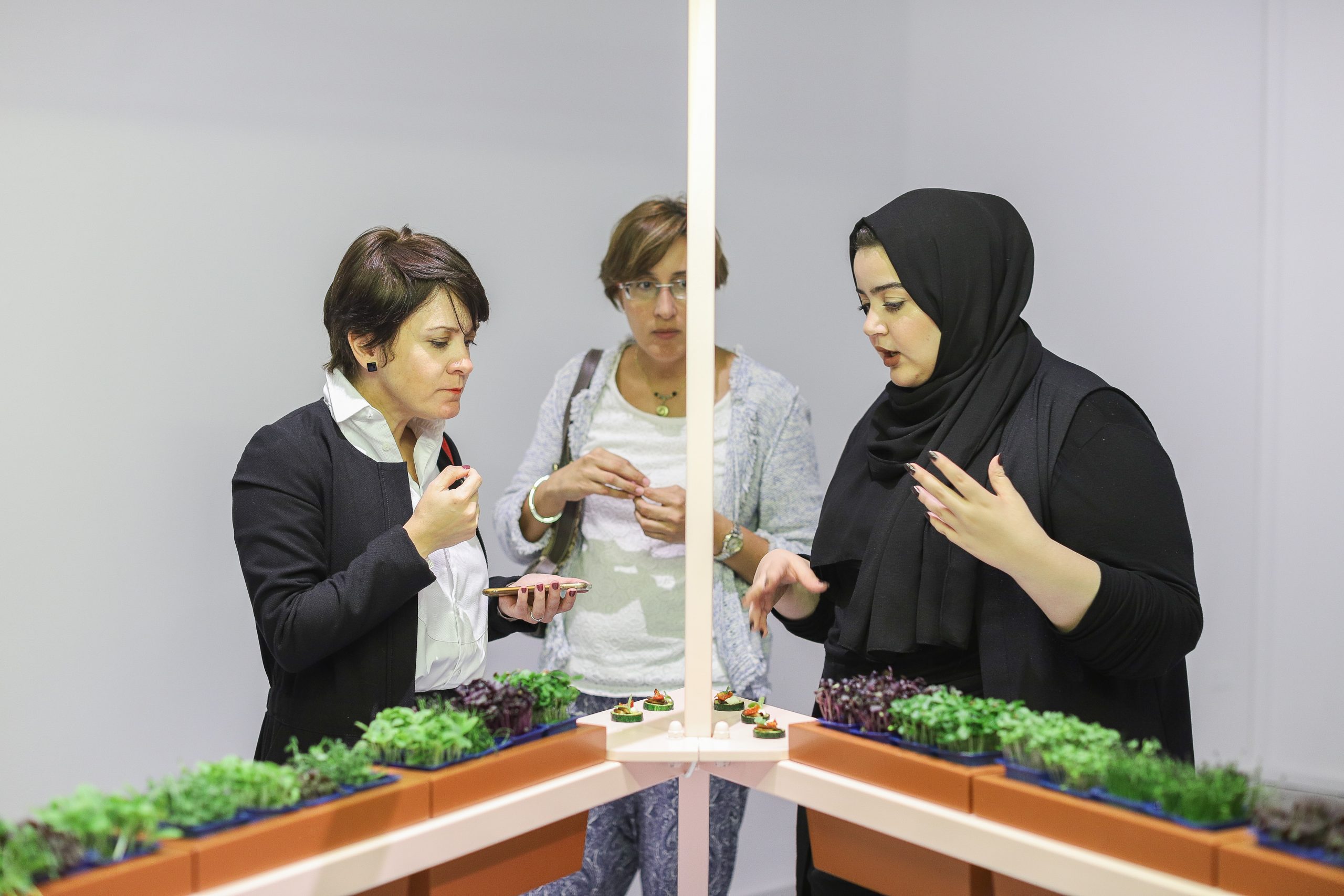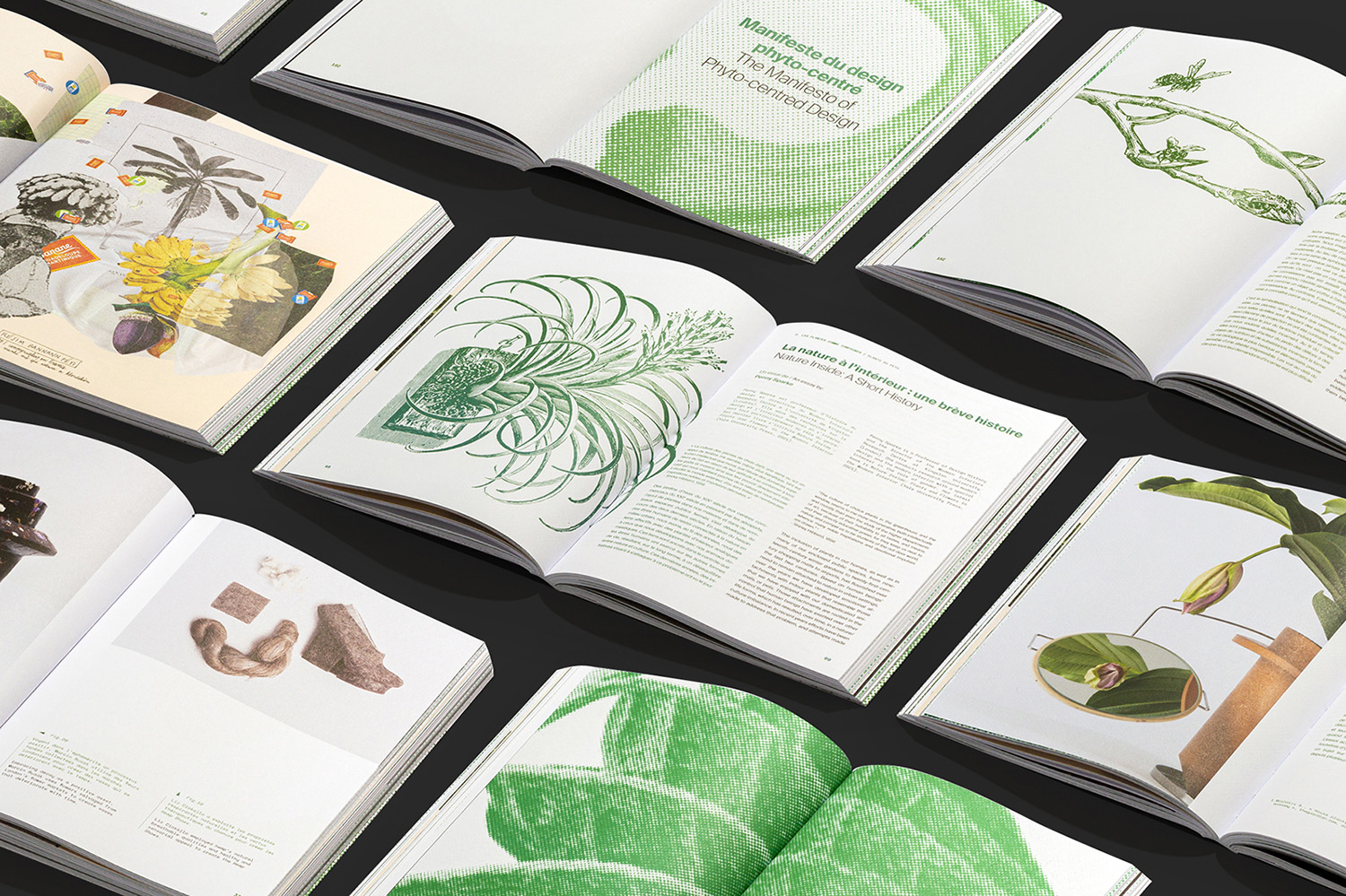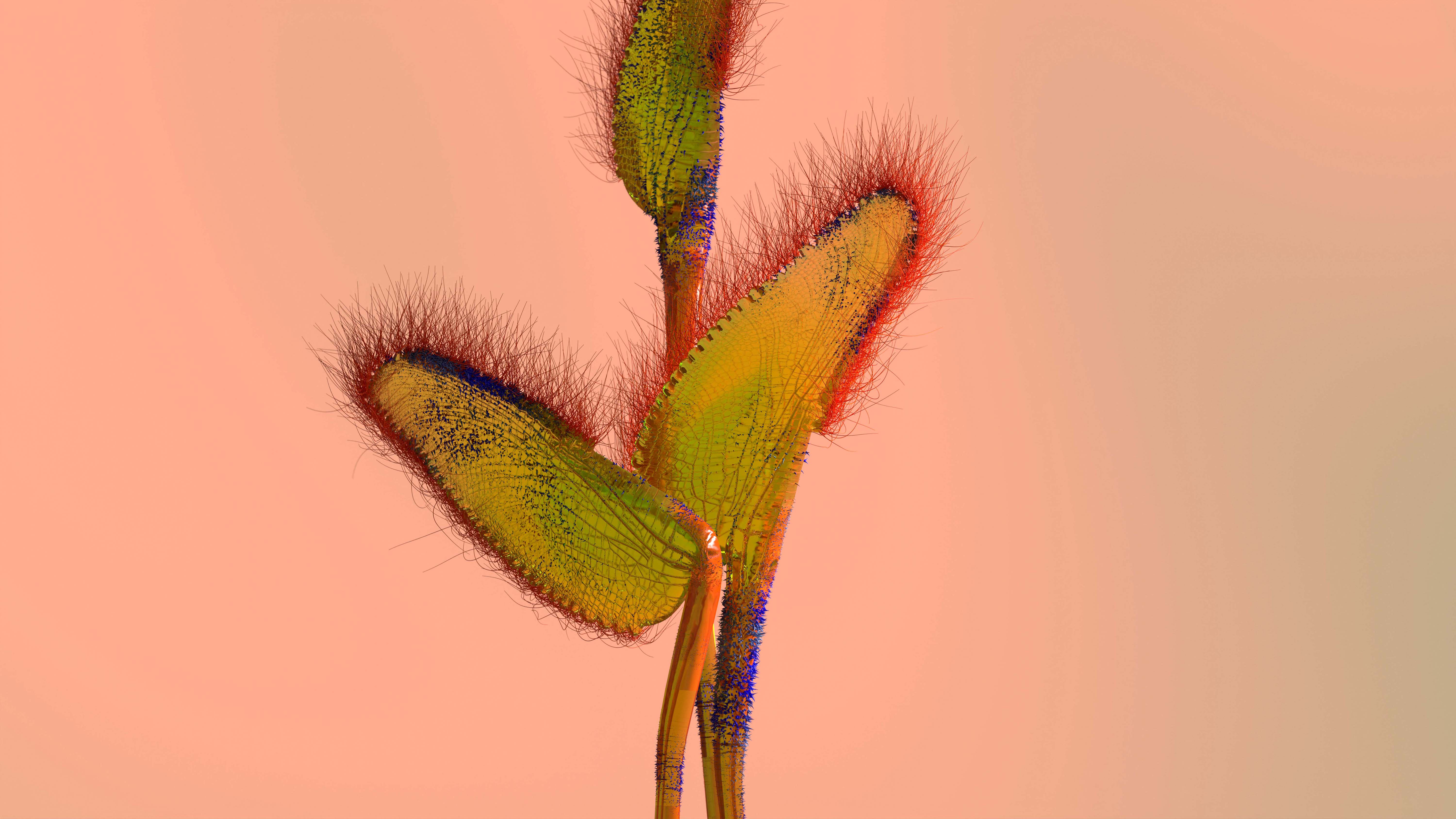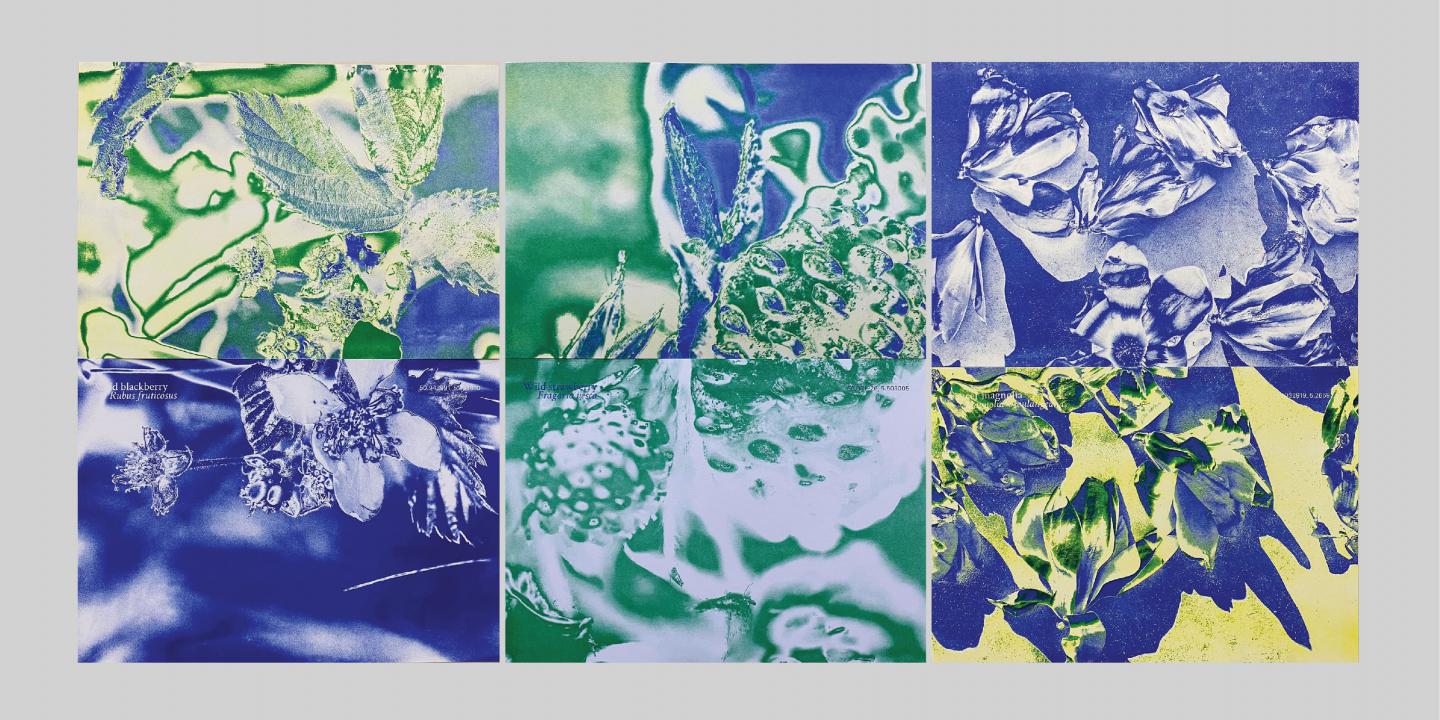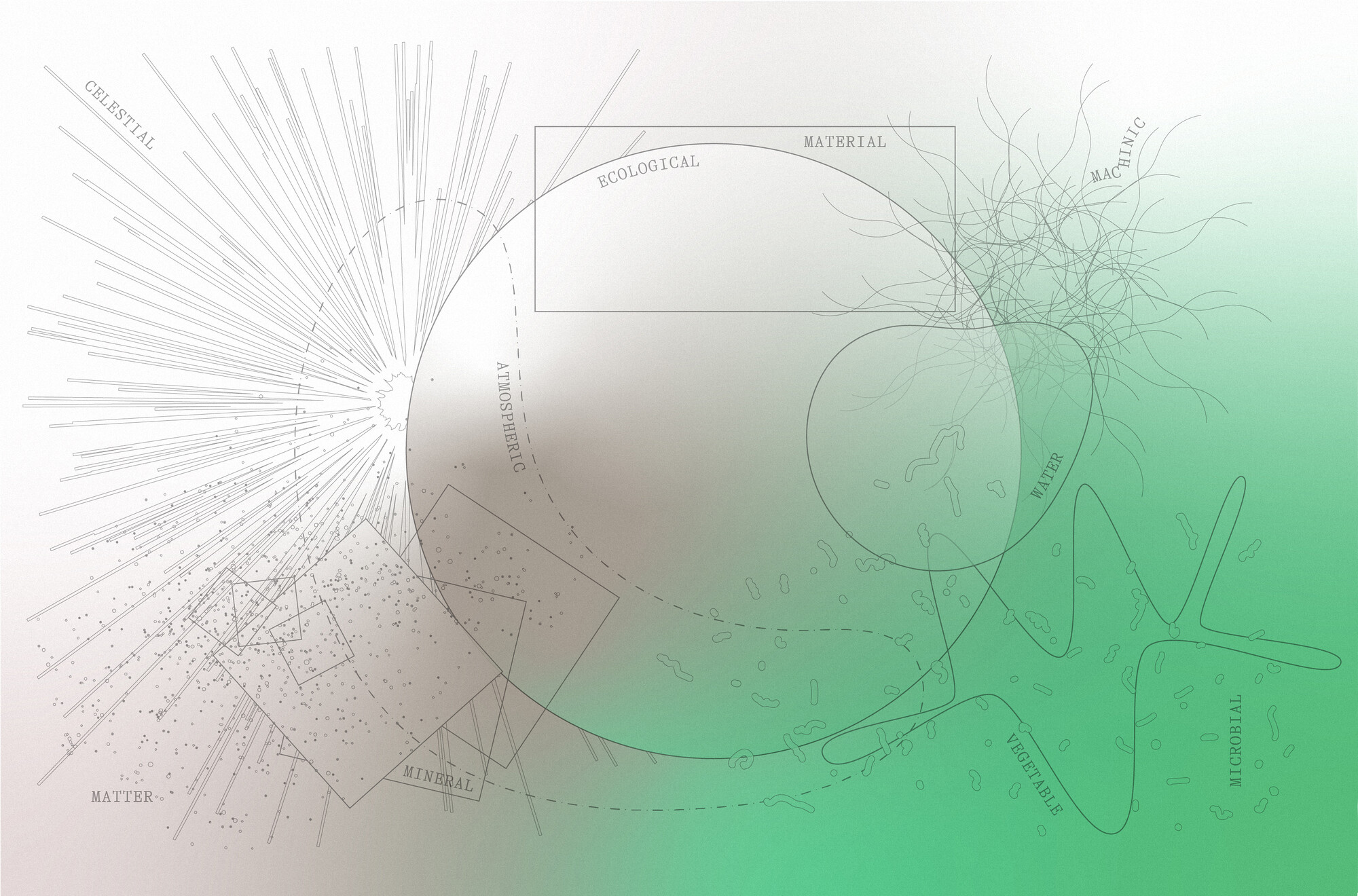This is a speculative project from artist-led think tank, The Center for Genomic Gastronomy. MOLD has previously written about the project proposal for To Flavour Our Tears.
TO FLAVOUR OUR TEARS is an experimental restaurant that places humans back into the food chain by investigating the human body as a food source for other species. By researching the culinary needs of insects, decomposers and other eaters-of-humans we hope to intimately and materially reconnect humans with the metabolic flow of the planet and our role in shaping it.
We already spend a lot of time making our food flavourful, and making ourselves beautiful. Shouldn’t we also flavour ourselves well for the organisms that consume us? Will the chef of the future help humans taste good to nonhumans?
Using a tear-drinking species of moth as a jumping off point, TO FLAVOUR OUR TEARS asks: How do you taste to the small organisms that consume parts of you everyday, and every last bit of you when you die? How can humans manipulate their bodies, diet & emotions to change their own flavour? What are the culinary properties of human biomass, and what are the gustatory preferences of insects, microbes and other organisms that consume humans?
This installation contains prototypes of the tools, recipes and rituals required for AUTOGASTRONOMY (the art of flavouring oneself well) and ALTERGASTRONOMY (the study of human body parts as ingredients for other organisms).
The proposal includes:
— a Moth Bar where human visitors can shed tears for thirsty moths, using specialized tools and practices if they can’t cry on cue
— an AnthroAquaponics System where fish feed on the dead skin cells of human feet, and in turn, provide nutrients for a plant growing system which feeds humans
— an AlterGastronomy VR room where visitors can embody a wolf devouring a jogger or a microorganism or virus exploring the human body
— the Saprophytic Supper: 24 Hour Buffet where humans can examine the microorganisms that feast on their skin cells
— the Fat Flavouring Lab where R&D in flavouring fat, skin, blood, sweat, and pee happens
— the Rooftop Garden Burial site where a few lucky decomposers get to consume the remains of deceased humans.
As new tools of microbiome research reveal the many micro-organisms that live in and on us, the human body will be increasingly seen as an ecosystem, zoo or hospital. This is your chance to think of your body as a restaurant, and start to cook and flavour yourself well.
Industrial agricultural practices are largely extractive, externalizing environmental costs and discounting the requirements of the other organisms and ecosystems that we share the planet with, and. Most humans privilege human needs and desires above all else. How can we make the cognitive leap to see ourselves as one part of a complex network of organisms that are all interdependent on each other for their continued survival? How can we more mindfully embed ourselves into the food system, humbly understanding ourselves as a part of the system instead of isolated and exception individuals?
This research was originally supported by and premiered at the Pixelache 2016 festival: Interfaces for Empathy. It is currently at V&A’s FOOD: Bigger Than The Plate exhibition and before that at MU Artspace.






